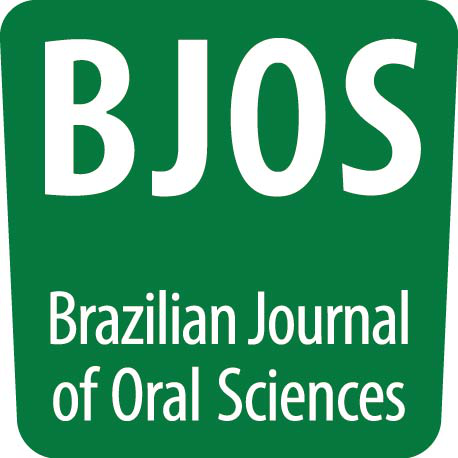AIM: To identify the most important factors involved in dentistry absenteeism since the foundation of the Labor Court in Campinas, SP, Brazil, until December 2008; to verify if there was a decrease in dentistry absenteeism after the introduction of the dental service in the headquarters of the Court; to verify if dentistry absenteeism is greater in the others cities of the region compared with the city of Campinas. METHODS: The information was collected from the dental statements of the archives of the Health Department of the Labor Court. Collected information included: International Classification of Diseases (ICD-10), gender, age, function, origin of the statements, period of the absenteeism and year when the absence occurred. RESULTS: 3,084 health files from server group (2,741) and judges (343) were reviewed. The results indicated: higher prevalence of female gender, higher frequency in the age group from 30 to 40 years old and the smallest frequency in the age group upper from 60 years old. It was found an average sick-leave period of 1.93 days. According to the International Classification of Diseases (ICD)-10, the most prevalent dental problems found in this study were: K01 (25.78%), K04 (10.57%) and K05 (6.37%). CONCLUSIONS: The results of this study pointed to lower rates of absenteeism than the results found in the literature. The introduction of the dental service did not have influence on the rates of absenteeism of the area; however it influenced the absenteeism rates in the city of Campinas (headquarters of the Court).
dental absenteeism; worker health; occupational health
